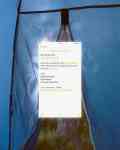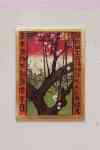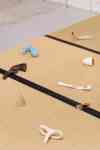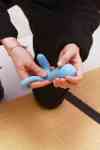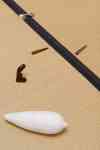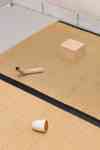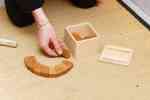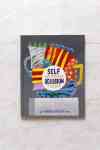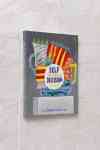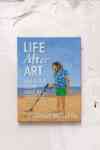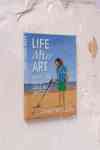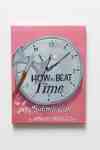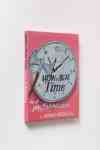
“Would you like some tea? You are welcome to touch these things as long as you are careful.“ The exhibition “ How do you do? ” gathers three artists with different takes on narratives and storytelling. Inseparable from both the viewer and the artist, the narrative subject matter begs the question: how the constant cycle of appropriation opens up new meanings and chapters in the story?
David Bernstein is an artist based in Brussels and Amsterdam. He combines performance, sculpture, and writing to tell stories through objects: an important part of David’s practice is to create objects that allow another function to happen. At the opening David will perform Nappezoid, an absurdist sales pitch for investing in a napping application. During the whole exhibition viewers are invited to meet the Obsessys, a series of small sculptures for touching and talking. Just ask one of the assistants and they will lead you in a session.
Paul Gagner’s book-scale painterly work, reminiscent of self-help books’ covers, evokes conversation about the art world and its history. In his work, a reflexive storytelling with ironic humor and illustrative figuration is combined with subject matters, which range from still lives of everyday objects to body parts. Simultaneously, artist’s own fears, anxieties and reflections on the structures of the art world are revealed and commented through a fictitious character Dr. Howard Moseley. Moseley’s character expands the narrative outside the canvas when giving advice as well in art magazines. Currently based in Brooklyn, NY, Paul Gagner grew up in rural Wisconsin and received his BFA from School of Visual Arts and his MFA from Brooklyn College.
Hermanni Saarinen has graduated from the Finnish Academy of Arts in 2011 (MFA) where he studied sculpture. The topics related to religion and politics often provide the narrative framework for his work. Hermanni considers a form or a medium as a poten - tial narrative in itself, where one can “hang” his authorship, or subjectivity. Without explicitly underlining the narrative aspect in the work, the work ends up being a self-sufficient story in itself – especially something that has an origin.
